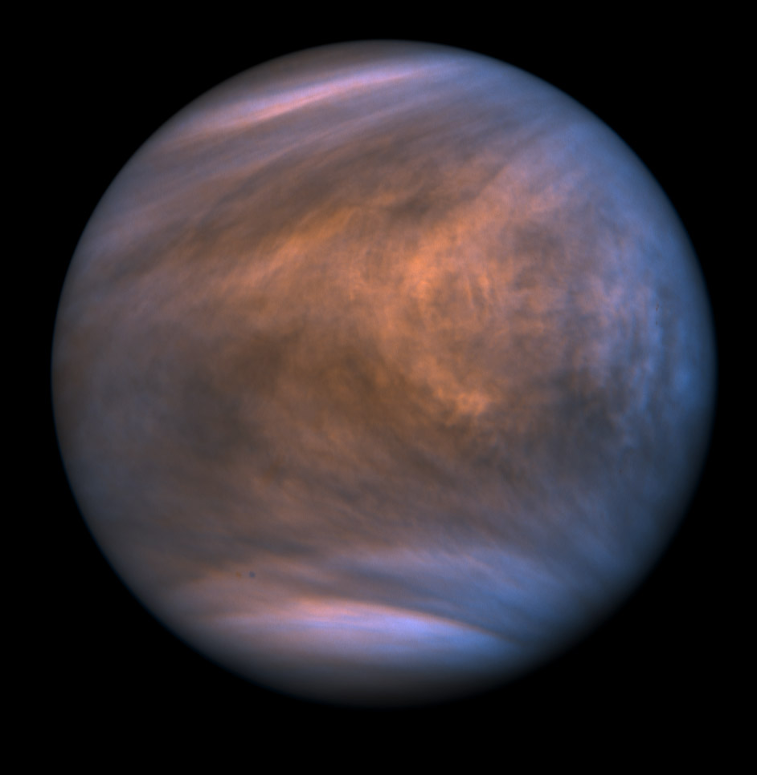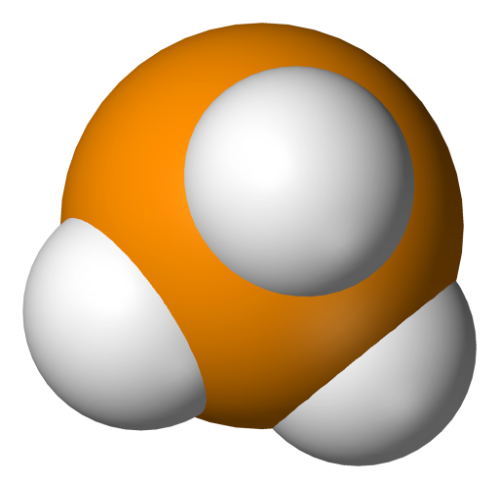By Brandon Le
Does life exist outside the confines of our home planet? If this question captivates you, you’d find good company among astrobiologists – multidisciplinary scientists who seek to understand the origins, evolution, and distribution of life beyond Earth. Many astrobiologists agree that the special conditions allowing life to emerge on Earth are rare, but in a universe so interminably vast, they’re bound to occur elsewhere, even if only a long time ago in galaxies far, far away. If it happened here once, it could happen again right? Theoretically, yes, but according to Fermi’s paradox, the vastness of space and impracticalities of interstellar travel make our chances of ever running into any of this life exceedingly small.
This doesn’t discourage astrobiologists at NASA, who have been busily exploring our own solar system for conditions that could potentially support life or evidence that life was once present. If alien life is anything like what flourished on Earth, it likely requires liquid water, abundant energy, and temperatures suitable for life-sustaining chemical reactions. Much of the search so far has taken place on our red neighbor, Mars, where there is now strong evidence that liquid water once flowed on its surface and that large underground lakes of liquid salt-water still exist today. At the time of writing, NASA’s new perseverance rover is hurtling towards Mars at 65,000 miles per hour, where it will scour rock and soil samples for fossil evidence of ancient Martian life.

But, have we been looking in the right places? Historically, Mars and a handful of moons that may harbor water like Enceladus, Europa, Titan, and Io hog all the attention in the search for extraterrestrial life. Our nearer neighbor, Venus, has often been ruled out since its surface temperatures hit a scorching 880 degrees Fahrenheit (471 degrees Celsius) and surface pressures are typically 90 times higher than Earth’s. Accordingly, the scientific community was shocked when a global team of scientists published new observations of phosphine gas in the cloud decks of Venus that may represent a possible “biosignature” or sign of life! So why all the fuss around phosphine (PH3)- a colorless, flammable, and very toxic gas? Phosphine itself isn’t direct proof of life on Venus, but it’s raising eyebrows because there are no known chemical pathways that could generate it on Venus without it coming from a living, or biotic, source. To put it crudely, alien farts may be the source of this phosphine gas!

Let’s break down how this astonishing discovery happened. Chemicals in the Venusian atmosphere can often be detected with high-powered radio telescopes that capture invisible radio frequency waves emitted from distant celestial bodies, similar to the way that optical telescopes capture light waves. For the Venusian phosphine discovery, two of the largest radio telescopes in the world were used: the James Clerk Maxwell Telescope in Hawaii and the ALMA in Chile’s Atacama desert. We already knew that there are three layers or “decks” of clouds about 50km from Venus’s surface . As scientists scanned through the decks with their radio telescopes, the long radio waves deflect off of particles in the clouds in patterns that scientists can interpret to infer their chemical make-up. A surprising 20 parts per billion (ppb) phosphine, or 20 phosphine molecules for every billion measured, showed up in the middle cloud deck. The researchers tried to come up with every possible way to explain how the phosphine got there. Could light-driven chemical reactions between other gases produce it, or perhaps did some geological phenomenon belch it up from within the planet? After careful consideration of these and other possibilities, they were forced to admit that Venus simply lacks the right conditions to produce phosphine in the absence of life.
While scientists have previously detected phosphine in the atmospheres of Saturn and Jupiter, this is only because the massive size of these “gas giants” creates enormous amounts of pressure and energy that enable the necessary chemical reactions to occur – conditions that we’ve never detected on a terrestrial planet like Venus. On Earth, phosphine can be created in two ways: Either by fancy human-engineered, high-energy industrial processes, or, by simply waiting for anaerobic microbes, those that don’t require oxygen to survive, to generate it from the plentiful phosphates found all over the planet, including inside us. If something like those microbes could live amongst the sulfuric acid-filled cloud layers of Venus, they could be the source of the phosphine. This possibility is made more believable because, unlike on the terrestrial surface, the cloud layers of Venus actually offer potentially life-supporting temperatures ranging from about -100 to 100 degrees Celsius.
The groundbreaking results are creating a big buzz in the academic and popular press alike, leading Jim Birdenstine, director of NASA, to declare “It’s time to prioritize Venus,” and forcing stargazers to reconsider their preconceptions of what alien life might be like and where to find it. While the hype is scientifically real, it’s important to acknowledge that discovering phosphine on Venus doesn’t guarantee that life is thriving there, and follow-up studies will be required to validate and extend the results. But while skepticism is warranted, it’s clear that many experienced scientists are over the moon about the data. The curiosity-sparking power of this research is a reminder that science can still serve up big surprises and invite us to wonder that maybe we aren’t quite as alone after all.
